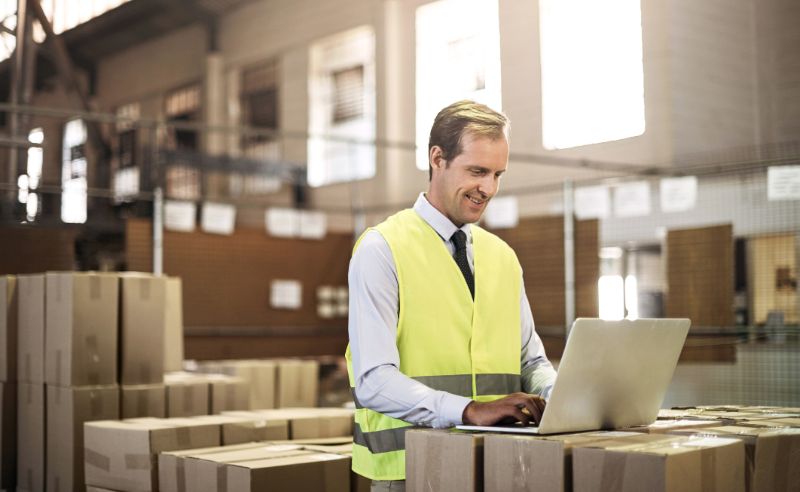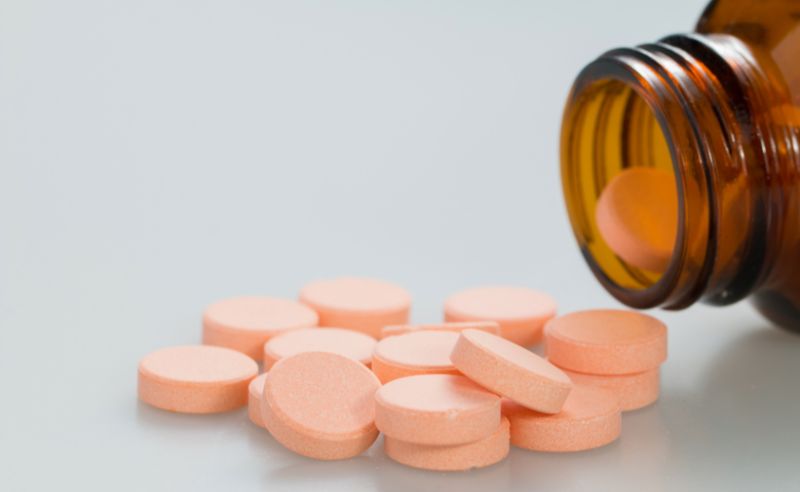Essentials for Choosing the Best Packaging for Your Product

Choosing the right packaging for a product is a key step in the marketing process. It needs to be functional, protect the contents, comply with regulations and be eco-friendly, but it also needs to be appealing to consumers and align with the brand image.
Packaging is often a customer’s first impression of your product, and that impression can bias them positively or negatively towards it. A low-quality product may look better if it is well presented.
However, the opposite is also true: bad packaging can ruin the perception of an excellent product.
Therefore, the packaging design should not only fulfil its practical function, but also convey the values and quality of the product, achieving an emotional connection with the consumer from the very first moment.
Although it may seem a rather complicated task, here is a practical guide to the most relevant factors you should consider in order to make an informed decision when selecting the best packaging for your product.
Size and volume
The first thing to consider when selecting the right size and volume is that it should be practical and comfortable to use, which should also be considered if you have multiple size presentations for the same product.
In addition, packaging must be the perfect size to contain the product and stack efficiently, thus avoiding increased transport or storage costs.
For example, standard packaging can be a cost-effective option, but is often not the most space-efficient.
On the other hand, customised packaging, although it may be more expensive, is perfectly adapted to the product, reducing unnecessary use of material and optimising the logistical process.
The material and its quality
The most common materials for the manufacture of packaging include plastic, paper, cardboard and glass. Each offers advantages that must be evaluated according to the product to be packaged in order to choose the most appropriate one.
- Plastic: It is economical, lightweight and very versatile. It allows an airtight seal, making it ideal for liquid products such as beverages, cosmetics or foodstuffs that need additional protection.
- Paper or cardboard: These are recyclable, biodegradable and highly customisable materials, perfect for attractive presentations. They are ideal for dry products, such as some foods, medicines, or for packaging and/or shipping boxes.
- Glass: It is recyclable, does not alter the contents and is perceived to be of higher quality. It is commonly used for beverages, cosmetics and premium products due to its ability to preserve product properties.
Design and communication
In addition to being functional and practical, packaging design must be attractive. Well-designed packaging has a direct influence on the consumer’s purchasing decision.
Packaging design details play an important role in establishing a connection with the consumer.
The choice of colours, logos, and even decisions regarding spaces dedicated to relevant information, such as ingredients or instructions, should be aligned with the brand image, as an attractive and coherent design has the power to differentiate a product from the competition.
Conservation and security
Product protection is one of the most important elements to consider, not only to guarantee its integrity during transport and distribution, but also to maintain its distinguishing characteristics, such as taste, texture and nutritional properties.
In the food industry, for example, packaging with moisture barriers prolongs the shelf life of the product. Thermal protection packaging is essential for products such as medicines or cosmetics that require controlled storage conditions.

In addition, it is important to comply with sector-specific regulations, such as food safety or pharmaceutical regulations, to ensure both product and consumer protection.
Sustainability
Choosing eco-friendly packaging is a way to contribute to waste reduction and, at the same time, improve your company’s image. Recyclable, biodegradable or reusable packaging has increased in demand in recent years, becoming an important element in the purchasing decision of environmentally conscious consumers.
Cost
The cost of packaging is always a decisive factor. While more sophisticated packaging may offer advantages in terms of functionality and aesthetics, it is important to focus on balancing quality with the available budget.
When calculating the cost, the type of material, the degree of customisation (colours, shapes, sizes) and the number of units to be produced must be considered. Customised packaging tends to be more expensive, but if produced in large quantities, unit costs can be significantly reduced.
Choosing the right packaging for your product involves a balance between different factors such as size, material, design, product preservation, contribution to sustainability and cost.
By making informed decisions on each of these aspects, you can optimise the efficiency of your production and distribution, improve your brand perception and, at the same time, ensure compliance with legal and environmental regulations.
Remember that the right packaging not only protects the product, but also reinforces your brand identity and can be a key factor in your company’s success.
Frequently Asked Questions (FAQ)
Does the material of the packaging matter?
Yes, the material affects product protection, presentation and sustainability. Choosing the right materials is key to preserving quality.
How can I make sure my packaging is sustainable?
Opt for recyclable or biodegradable materials, and consider using reusable packaging to minimise environmental impact.
Are there regulations I have to follow when choosing a packaging?
Yes, you must comply with specific regulations depending on the type of product and its market, such as labelling and food safety.
How important is the size of the packaging?
The size must be appropriate for the quantity of the product and the consumer’s expectations, avoiding waste and optimising transport costs.
How does the cost of packaging influence my decision?
Cost is a determining factor; look for a balance between quality and price to ensure that the packaging does not negatively affect your profit margin.
You may also be interested in: